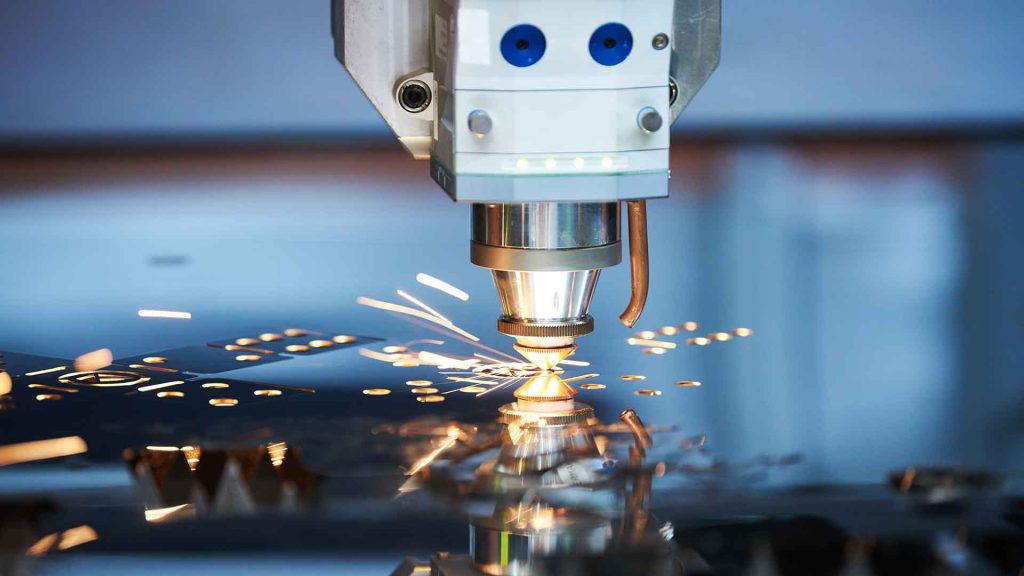
Ⅰ. Brief Description of the Working Principle of Nitrogen Generators
A nitrogen generator is a device that separates oxygen and nitrogen from the air through physical methods to obtain high-purity nitrogen. The main types of nitrogen generators applied in industry include the cryogenic air separation method, molecular sieve air separation method (PSA), and membrane air separation method. Taking the molecular sieve air separation method as an example, it uses imported carbon molecular sieves (CMS) as adsorbents and separates air based on the pressure swing adsorption (PSA) principle at room temperature.
Carbon molecular sieves have different adsorption properties for oxygen and nitrogen. The diameter of oxygen molecules is smaller than that of nitrogen molecules, and their diffusion speed is hundreds of times faster than that of nitrogen. The adsorption amount of oxygen reaches more than 90% in about 1 minute, while the adsorption amount of nitrogen is only about 5% at this time. By controlling the adsorption time within 1 minute and adjusting pressure changes (adsorption occurs when pressure rises, and desorption occurs when pressure drops), the separation of oxygen and nitrogen is achieved, and high-purity nitrogen is produced.
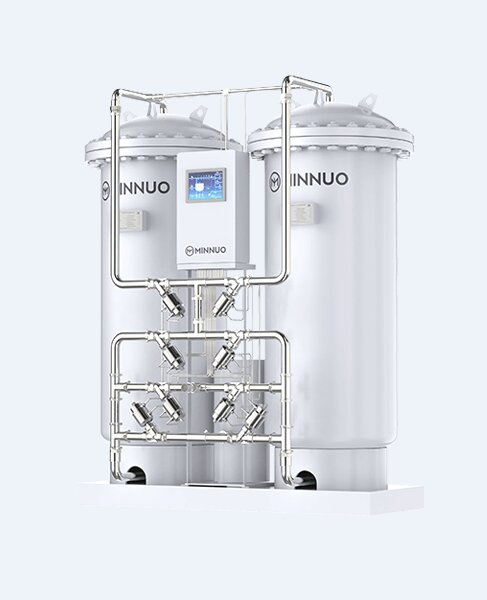
Ⅱ. Applications of Nitrogen Generators in the Field of Laser Cutting Machines
(Ⅰ)Improving Cutting Quality
- Preventing oxidation: During the laser cutting process, metal materials are melted by laser energy. If oxygen exists in the surrounding environment at this time, an oxidation reaction is highly likely to occur. The nitrogen produced by the nitrogen generator, as an inert gas, can form a protective gas curtain in the cutting area, effectively isolating oxygen and preventing the cutting edge from turning black or blue due to oxidation. For instance, when cutting metals such as stainless steel and aluminum alloy, nitrogen protection can ensure that the cutting edge maintains the original color and texture of the metal, avoiding the impact of the oxide layer on subsequent processing procedures like welding and painting.
- Obtaining smooth and clean cutting edges: In a nitrogen environment, materials are melted by laser energy, and nitrogen is blown out from the cut, thus avoiding inappropriate chemical reactions. The temperature in the melting zone is relatively low, and combined with the cooling and protective effects of nitrogen, the reaction is stable and uniform. This makes the cutting section fine and smooth, with low surface roughness and no dross, greatly improving the quality of the cutting edge. It also reduces or even eliminates the need for secondary processing (grinding and polishing) procedures, thereby enhancing production efficiency and lowering production costs.
- Enhancing dimensional accuracy: A stable nitrogen environment helps maintain the stability of the cutting process, reducing thermal deformation caused by unstable factors such as oxidation and combustion. This further improves the dimensional accuracy of the cut parts, meeting the processing requirements of high-precision products.
(Ⅱ)Expanding the Processing Range
- Suitable for cutting special materials: For some special materials like titanium alloy, which have active chemical properties, strict requirements are imposed on the ambient atmosphere during high-temperature cutting. The high-purity nitrogen (99.999%) provided by the nitrogen generator can significantly inhibit high-temperature reactions, effectively improve cutting performance, and reduce the risk of material embrittlement. This enables smooth cutting and processing of these special materials, expanding the range of materials that can be processed by laser cutting machines.
- Meeting the processing needs of low-melting-point materials: Nitrogen is non-combustible, and the temperature in the melting zone is relatively low, making it suitable for processing low-melting-point materials such as aluminum and brass. In contrast, oxygen supports combustion, which increases heat and may cause excessive melting and deformation of low-melting-point materials. Nitrogen, however, can accurately control the melting area to achieve high-quality cutting.
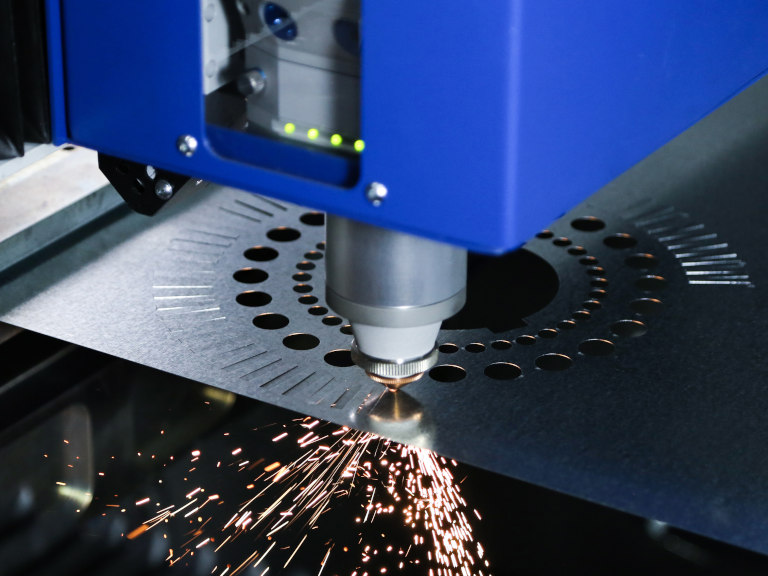
(Ⅲ)Protecting Laser Equipment
- Preventing lens contamination: During the laser cutting process, molten metal reacts with oxygen to produce oxidized fumes. If these fumes adhere to optical lenses such as focusing lenses and protective lenses, they will reduce the light transmittance of the lenses, affect the transmission and focusing effects of the laser, and even damage the lenses. The continuous purging of nitrogen produced by the nitrogen generator can promptly carry away these fumes, avoid lens contamination, extend the service life of the lenses, reduce downtime caused by lens cleaning, and improve the overall operating efficiency of the equipment.
- Protecting the laser output window: The laser output window is in direct contact with the cutting environment and is prone to contamination, which affects the quality of laser output. Nitrogen purging can prevent the window from being contaminated, ensure stable laser output, and maintain the normal operation of the equipment.
Ⅲ. Advantages of Nitrogen Produced by Nitrogen Generators Compared with Other Media
(Ⅰ)Comparison with Oxygen
- Distinct advantage in cutting quality: In oxygen cutting, oxygen participates in combustion, and the temperature at the melting position is close to the boiling point. The high temperature leads to intense reactions, making it impossible to ensure a smooth section. Additionally, the oxidation reaction and the expanded heat-affected zone result in relatively poor cutting quality, and quality defects such as cut width, cross-sectional diagonal lines, poor surface roughness, and welding slag are likely to occur. In nitrogen cutting, however, materials are completely melted by laser energy, and nitrogen is blown out from the cut, avoiding inappropriate chemical reactions. Therefore, the cutting quality is high, with a fine and smooth section, low surface roughness, and no oxide layer.
- Differences in processing material limitations: Oxygen supports combustion and increases heat, so it is mainly used for carbon steel cutting with relatively low cost. However, for low-melting-point materials like aluminum and brass, and materials with strict requirements on the oxidation of the cutting surface (such as non-oxidative cutting of stainless steel), oxygen cutting cannot meet the needs. Nitrogen is non-combustible, and the temperature in the melting area is relatively low. It can not only be used for non-oxidative cutting of stainless steel but also is suitable for processing low-melting-point materials such as aluminum and brass, resulting in a wider processing range.
(Ⅱ)Comparison with Compressed Air
- Higher gas purity: Air contains impurities such as moisture, oil, and water. If compressed air is used as an auxiliary gas for a long time, it will contaminate the lenses of the laser machine, leading to a decrease in laser intensity and affecting the processing effect. The nitrogen produced by the nitrogen generator has high purity; for example, a nitrogen generator using the molecular sieve air separation method can produce nitrogen with a purity of more than 99.99%, which can effectively avoid the impact of impurities on the equipment and cutting quality.
- Better cutting quality: The oxygen component in compressed air may trigger oxidation reactions during the cutting process, reducing the cutting quality and causing problems such as yellowing and roughness of the cutting edge. As an inert gas, nitrogen can ensure a stable cutting process and higher cutting quality.
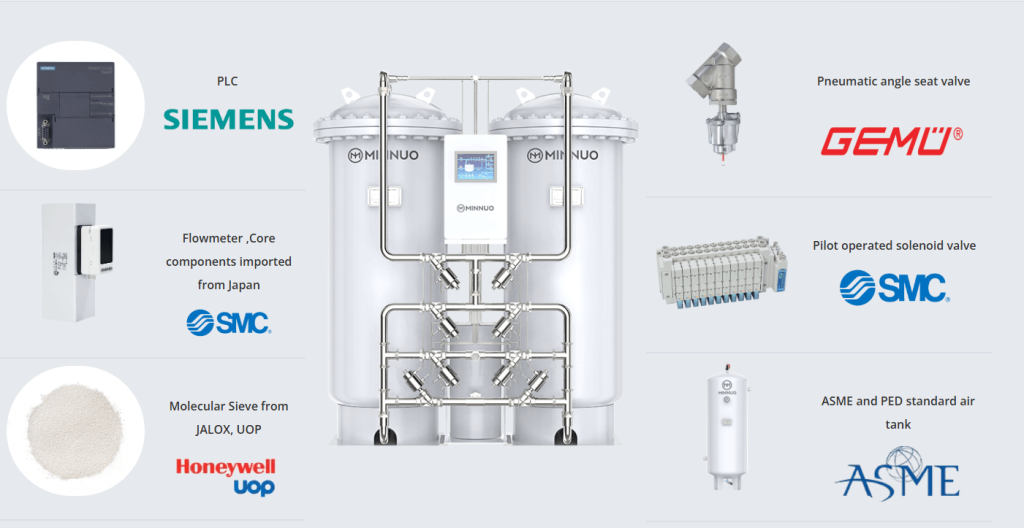
(Ⅲ)Comparison with Traditional Gas Supply Methods (Liquid Nitrogen / Cylinders)
- Significant cost advantage: Traditional liquid nitrogen or cylinder gas supply methods have issues such as high gas purchase costs, high transportation costs, and the need to shut down the machine when replacing gas cylinders or liquid nitrogen tanks. A nitrogen generator can produce gas on-site; after a one-time investment, the long-term operating cost is low, which can significantly reduce the gas consumption cost of enterprises. For example, compared with the traditional liquid nitrogen supply method, the cost of using a nitrogen generator can be reduced by more than 60%.
- High gas supply stability: Traditional gas supply methods may cause gas supply interruptions due to factors such as insufficient gas source supply and transportation delays, affecting the continuity of production. As long as there is a stable power supply and air supply, the nitrogen generator can continuously and stably produce nitrogen, ensuring the uninterrupted operation of the laser cutting machine and improving production efficiency.
- Strong production flexibility: Enterprises can flexibly adjust the gas production parameters of the nitrogen generator, such as nitrogen flow rate and purity, according to their own production needs to adapt to the cutting requirements of different materials and different thicknesses. In contrast, traditional gas supply methods are relatively limited in adjusting parameters such as gas flow rate and lack flexibility.

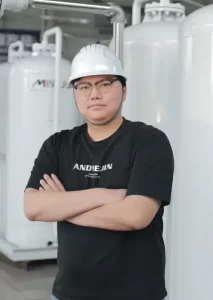

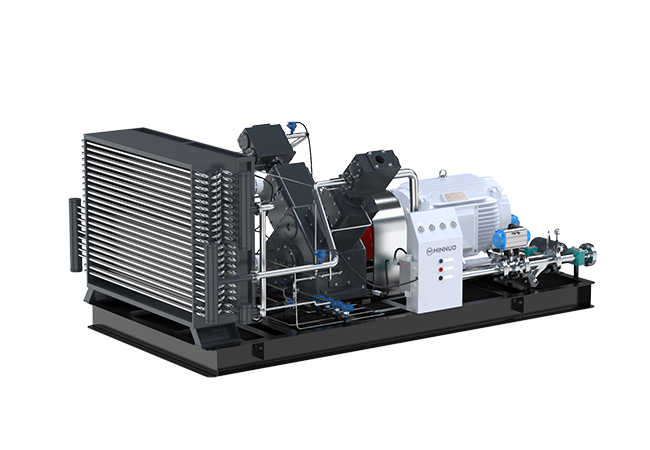
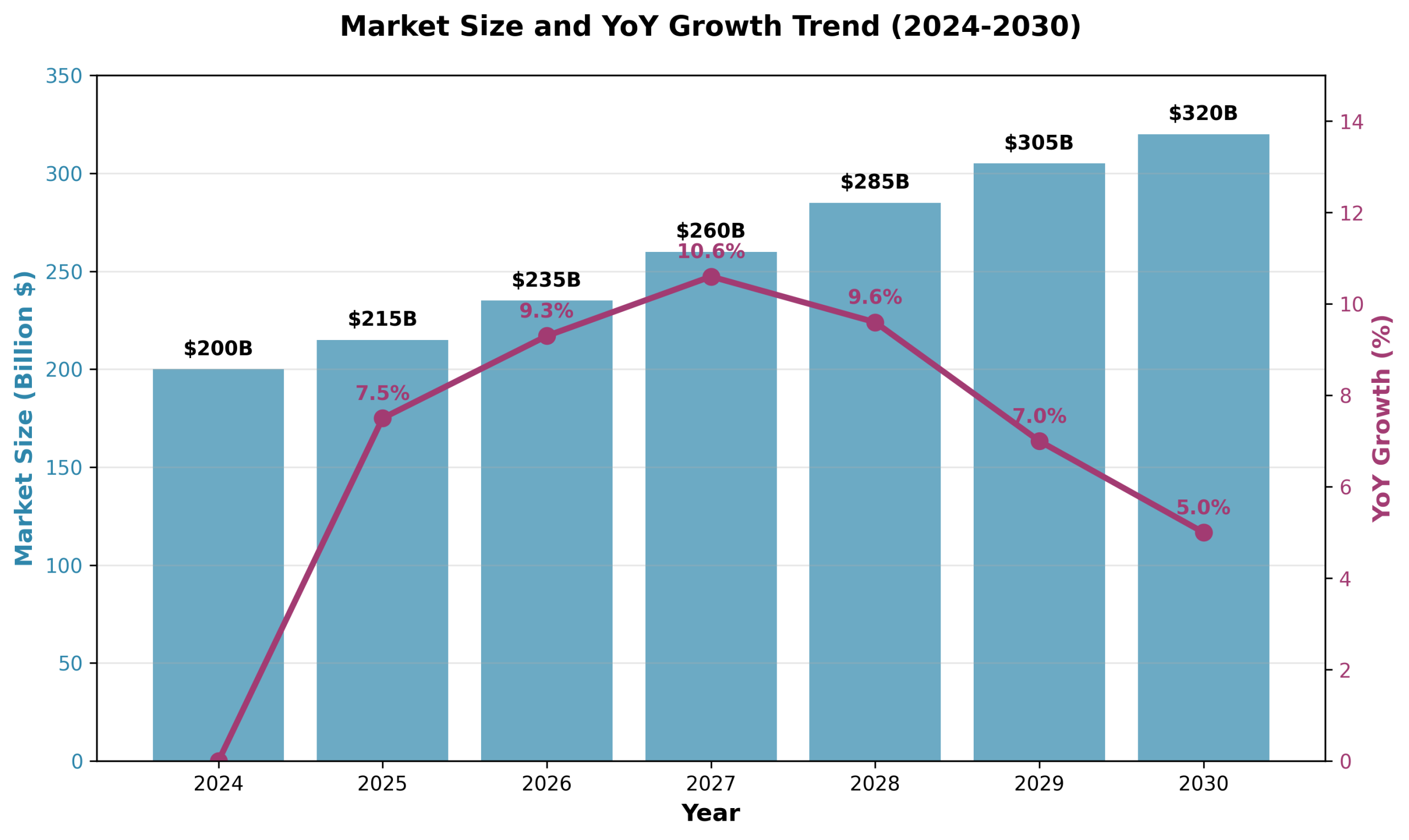

 sales2:+86 17506119168
sales2:+86 17506119168

